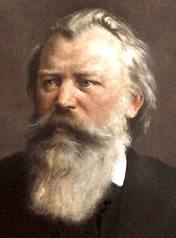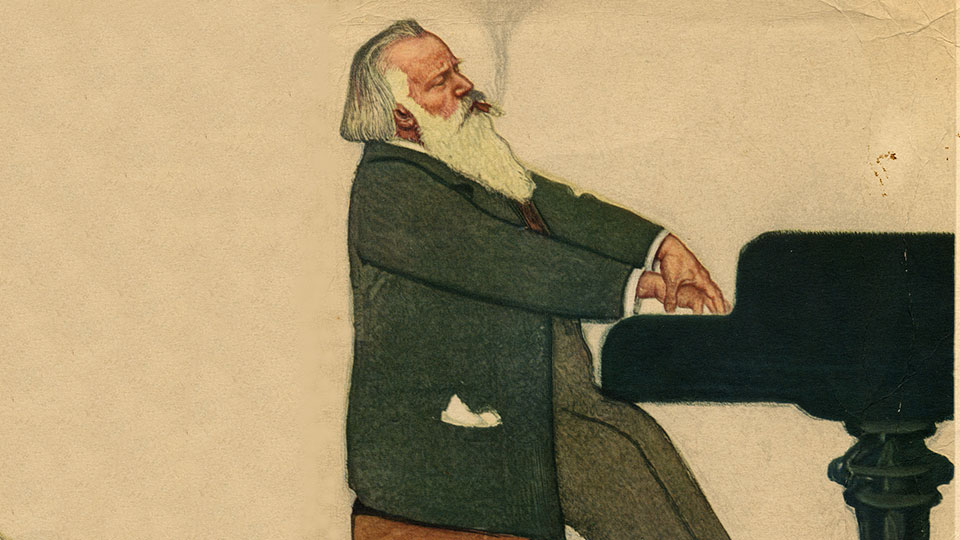Few melodies are as universally recognized and cherished as Johannes Brahms’ Wiegenlied, commonly known as Brahms’ Lullaby. This timeless piece has soothed countless children to sleep and remains one of the most beloved lullabies in the world. But beyond its simple yet enchanting melody, Wiegenlied carries a rich history intertwined with friendship, love, and musical brilliance.
Origins and Composition
Johannes Brahms composed Wiegenlied, Op. 49, No. 4, in 1868. The piece was written as a gift for the birth of Johannes Brahms’ friend Bertha Faber’s second child. Bertha was a former love interest of Brahms, and it is believed that he incorporated a melody she once sang to him into the composition. The lullaby’s gentle, flowing melody, paired with its warm harmonies, perfectly captures the tenderness of a mother’s love.
The song was first published in 1868 as part of Brahms’ Fünf Lieder (Five Songs), Op. 49. Its lyrics, taken from a 19th-century poem by German poet Georg Scherer, speak of a mother’s desire to protect and comfort her child while offering reassurance and peace.
Lyrics and Meaning
The lyrics of Wiegenlied are simple yet deeply touching. The opening lines, Guten Abend, gute Nacht (Good evening, good night), evoke a serene and loving atmosphere, making it a perfect bedtime song. The lyrics reference blessings and divine protection, reinforcing the lullaby’s comforting nature.
Popularity and Cultural Impact
Almost immediately after its publication, Wiegenlied gained immense popularity. The lullaby transcended German-speaking countries and became a staple of bedtime rituals worldwide. It has been performed by numerous musicians, from classical vocalists to contemporary artists, and has appeared in various films, advertisements, and cultural references.
Many parents today still hum or sing this piece to their children, passing down a musical tradition that has lasted for over 150 years. The melody has also been adapted into instrumental versions for music boxes and baby mobiles, further cementing its role in early childhood experiences.
Musical Structure
Despite its apparent simplicity, Wiegenlied showcases Brahms’ compositional genius. The piece is written in a soothing 6/8 time signature, which mimics the gentle rocking motion of a cradle. The harmonic progression is warm and stable, providing a sense of security and calmness.
Additionally, Brahms crafted the accompaniment to be subtle yet supportive, allowing the melody to shine while maintaining a gentle, lulling effect. This balance between simplicity and sophistication is a hallmark of Brahms’ style and a reason why Wiegenlied has endured for so long.
Legacy and Enduring Charm
More than just a lullaby, Wiegenlied remains a testament to Brahms’ ability to evoke deep emotion through music. While it was initially a personal gift for a friend, the song has since become a universal symbol of love and comfort.
Whether played by a grand orchestra, hummed by a parent, or heard through a music box, Wiegenlied continues to be a timeless piece that brings peace and serenity to listeners of all ages.


Comments are closed